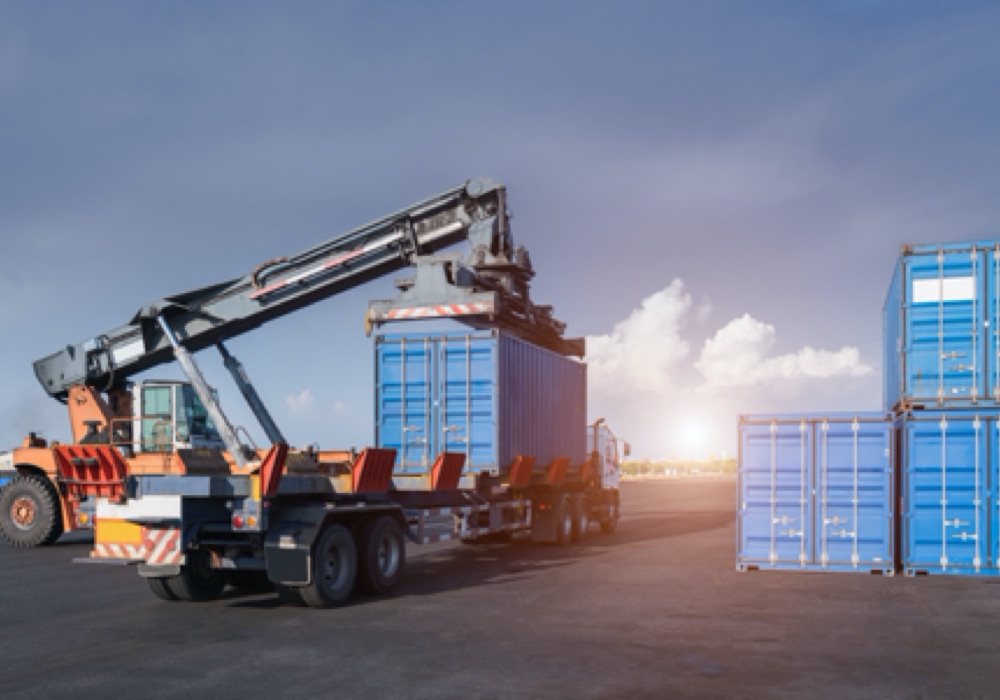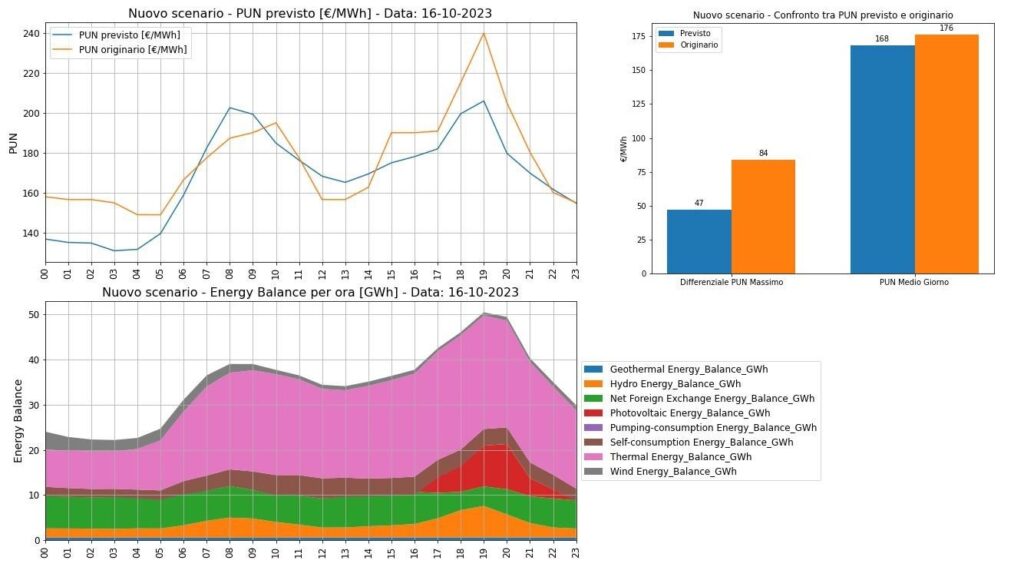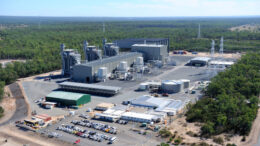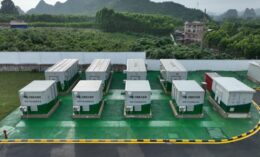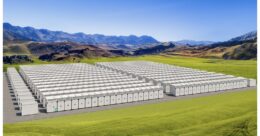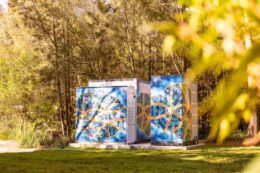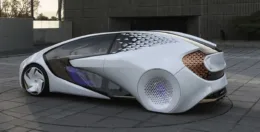High-efficiency, high-energy all-solid-state sodium-air battery
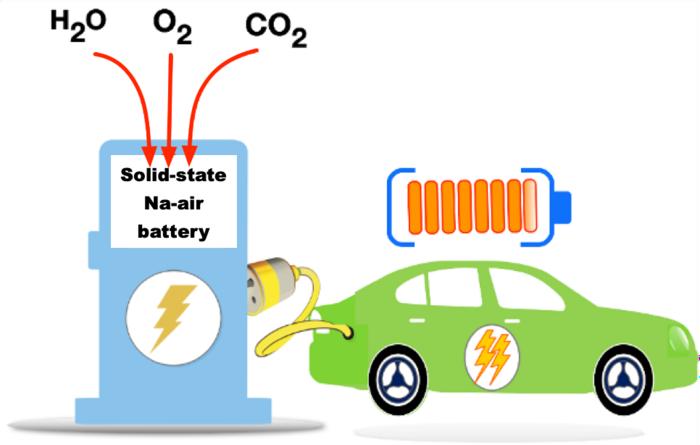
Metal-air batteries, utilizing lithium or sodium, have been of great interest owing to their exceptionally high theoretical gravimetric energy densities. These batteries predominantly rely on the utilization of pure oxygen for the formation and decomposition of metal oxides, rather than ambient air.
While ambient air is a more practical option, CO2 and H2O present in air cause severe irreversible reactions, such as the formation of carbonates and hydroxides, which typically degrades a battery. To address this, metal-air batteries usually require additional equipment, such as an oxygen permeation membrane to either purify oxygen or selectively use atmospheric oxygen.
Now, researchers from Pohang University of Science and Technology (POSTECH) in South Korea have developed a high-energy, high-efficiency all-solid-state sodium-air battery which can reversibly utilize sodium and air without requiring special equipment.
The team employed Nasicon, a sodium superionic conductor and a solid electrolyte, to tackle the carbonate issue. Nasicon, comprising elements like sodium, silicon, and zirconium, allows ion movement in the solid state while demonstrating high electrochemical and chemical stability.
Leveraging this solid electrolyte, the team protected sodium metal electrodes from air and facilitated the breakdown of carbonate formed during electrochemical cell operation.
This has led to an increase in the cell’s energy density by increasing a working voltage while significantly reducing the voltage gap during charging and discharging, thus enhancing energy efficiency.
The researchers have reported that their Nasicon solid electrolyte delivers a much higher discharge potential of 3.4 V than other metal-air batteries resulting in high energy density and achieves more than 86% energy efficiency at 0.1 mA cm−2 over 100 cycles.
Moreover, the team’s all-solid-state sodium-air cell exhibited superior kinetic capability through in-situ formed catholyte, which has a fast sodium ion conduction to the inside of the electrode.
Namely, the formation of the catholyte as the product of the reaction with ambient air allows the cell to undergo the same electrochemical reaction pathway with sodium carbonates in both the charge and discharge without forming any intermediate phases.
As a result, the potential gap between charge and discharge reaction shrinks, leading to a high round-trip energy efficiency. The resulting solid-state sodium-air battery delivers high reversible energy density for 100 cycles with high Coulombic and energy efficiencies, the researchers said.
Importantly, the cell operated solely on metal and air without additional special equipment or an additional oxygen filtration device.
“We’ve devised a method to harness carbonate, a longstanding challenge in the development of high-energy metal-air batteries,” said Professor Byoungwoo Kang, who led the research. “We hope to lead the field of the next generation all-solid-state metal-air batteries, leveraging a solid electrolyte-based cell platform that remains stable in ambient conditions and offers a broad voltage range.”
The findings of this research have been published in the paper titled Activating reversible carbonate reactions in Nasicon solid electrolyte-based Na-air battery via in-situ formed catholyte, which was published in the international journal Nature Communications.




